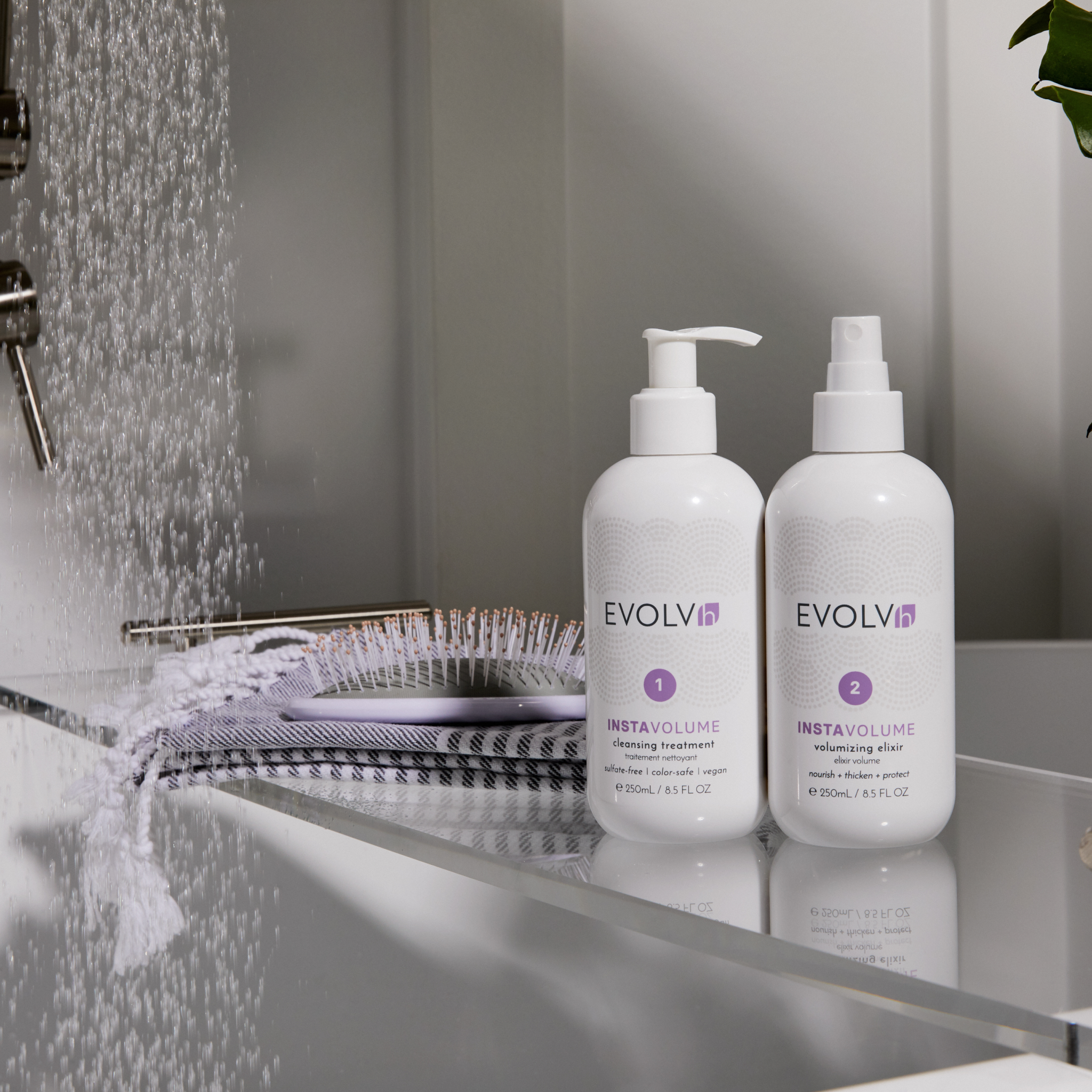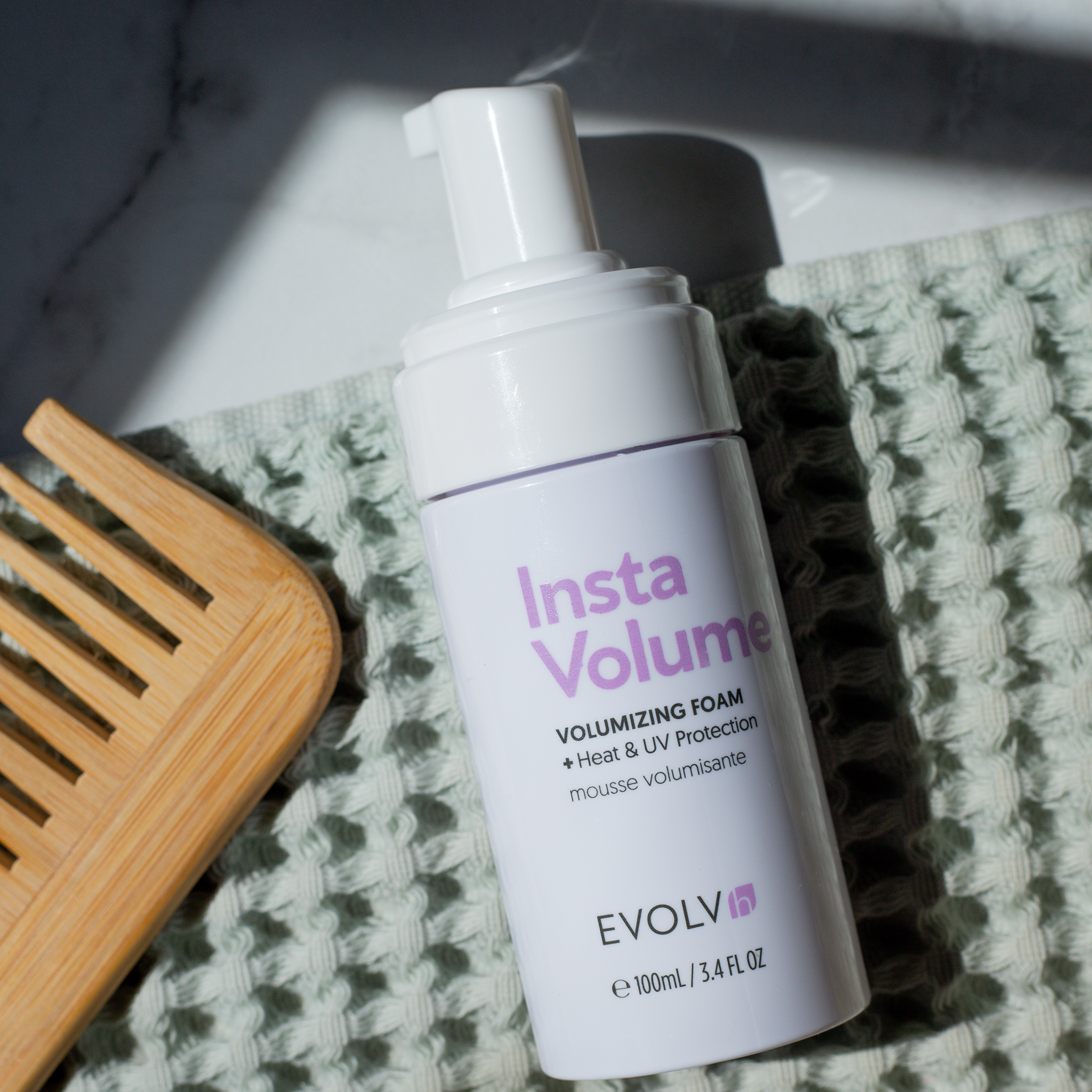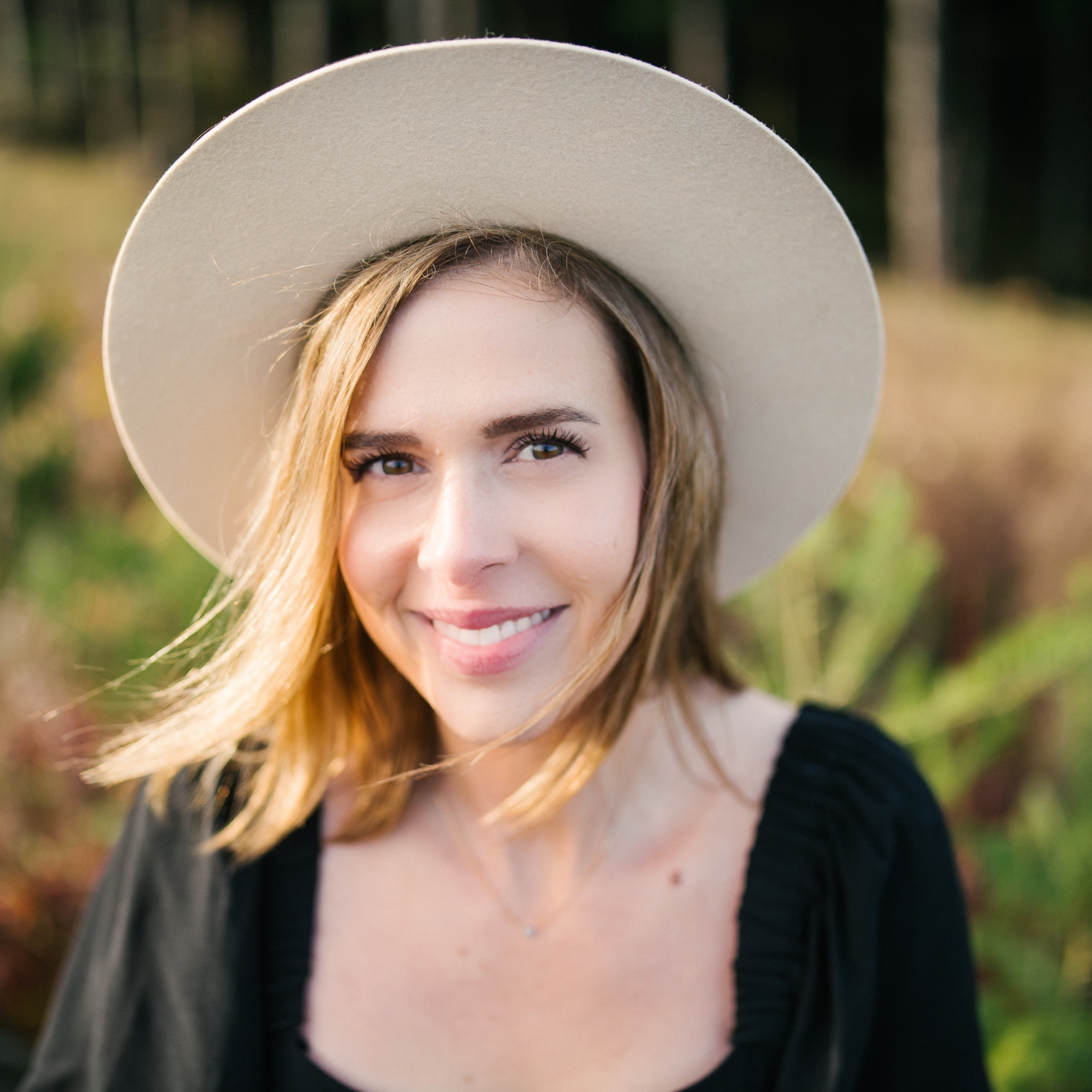Everything You Ever Need To Know About Frizz
What even is frizz?
Frizz is the result of your hair literally reaching out for moisture in the air and therefore an indication that your hair is dry/lacking moisture.
Though humidity is often blamed for frizz, it actually merely creates the perfect conditions for frizz to appear - more moisture in the air means dry hair is more likely to swell and seek that moisture.
What causes frizz?
Because frizz is a symptom, it’s helpful to look at the possible causes and ways that might be contributing to frizz or making our hair more vulnerable to frizz.
Here’s what to avoid:
Products with Sulfates. They strip hair of natural oils.
Products with Silicones. They cause buildup and coat the hair to give the appearance of shine, but don’t actually add moisture.
Products with Alcohol. It absorbs moisture and causes dry hair.
Washing your hair too frequently. Here’s a helpful guide to follow instead >
Using hot water when washing. Hot water strips away natural oils.
Playing with your hair. The skin on our hands often contains moisture so touching our hair often creates frizz and can also disrupt the hair’s natural texture or curl pattern.
Towel drying. Wet hair is fragile hair and most typical towels are way too harsh - opt for a gentle hair towel instead.
Too much heat styling. Try using your hot tools on a lower setting and ALWAYS protect with a leave-in conditioner before styling. Curly girls should opt for a diffuser for a gentler drying process.
Here’s what to avoid:
Products with Sulfates. They strip hair of natural oils.
Products with Silicones. They cause buildup and coat the hair to give the appearance of shine, but don’t actually add moisture.
Products with Alcohol. It absorbs moisture and causes dry hair.
Washing your hair too frequently. Here’s a helpful guide to follow instead >
Using hot water when washing. Hot water strips away natural oils.
Playing with your hair. The skin on our hands often contains moisture so touching our hair often creates frizz and can also disrupt the hair’s natural texture or curl pattern.
Towel drying. Wet hair is fragile hair and most typical towels are way too harsh - opt for a gentle hair towel instead.
Too much heat styling. Try using your hot tools on a lower setting and ALWAYS protect with a leave-in conditioner before styling. Curly girls should opt for a diffuser for a gentler drying process.
What type of hair is most susceptible to frizz?
Different hair types and factors cause different types of frizz. Hair that is dry or damaged is the most likely to frizz, so frizz is common for those with color or chemically treated hair and/or hair that has been overexposed to heat styling and/or UV rays. Wavy and fine hair tends to be dryer in general (therefore - frizz!) and we all know that frizz is a major curly girl problem.
Wait… there are different types of frizz??
Surface frizz - occurs on the outside of your hair and looks like static.
Halo frizz - only appears on the very top part of your hair and looks like a crown (but not the good kind).
In-the-curl frizz - appears, quite literally, inside your waves or curls and makes hair look unkempt and undefined.
Frizz at the ends - occurs at the tips of your hair, kind of like split ends.
Pouf ball frizz - the worst kind, this is frizz that overwhelms your hair and appears on top, underneath and throughout your locks.
Halo frizz - only appears on the very top part of your hair and looks like a crown (but not the good kind).
In-the-curl frizz - appears, quite literally, inside your waves or curls and makes hair look unkempt and undefined.
Frizz at the ends - occurs at the tips of your hair, kind of like split ends.
Pouf ball frizz - the worst kind, this is frizz that overwhelms your hair and appears on top, underneath and throughout your locks.
How do I minimize/eliminate frizz?
1. Reach for moisturizing and hydrating products. We’ve got plenty of those right this way >
2. We already mentioned avoiding towel drying, but you should also be applying styling products to soaking wet hair to add a protective layer against frizz.
3. Always use protection. Heat protection that is. Our “Smart” Leave-In Conditioners nourish your tresses, lock in moisture, and prevent heat/UV damage.
4. Undo damage and prevent future damage with a treatment mask at least once a week. See why Well + Good called our UltraRepair Reconstructing Masque a “Strand Savior” >
5. Reduce frizz-causing friction during your slumber and maintain the natural oils that are absorbed by typical cotton pillowcases by switching to a silk pillowcase. Luxury meets function.
6. Pro tip: spray a little hairspray onto an unused toothbrush or mascara wand and brush over to tame frizz and flyaways. Our recently launched UltraFlex Hairspray provides flexible hold without any stickiness, crunch, or risk of “helmet-head.”
SHOP THE FRIZZ FIGHTERS
Buh bye, frizz!
2. We already mentioned avoiding towel drying, but you should also be applying styling products to soaking wet hair to add a protective layer against frizz.
3. Always use protection. Heat protection that is. Our “Smart” Leave-In Conditioners nourish your tresses, lock in moisture, and prevent heat/UV damage.
4. Undo damage and prevent future damage with a treatment mask at least once a week. See why Well + Good called our UltraRepair Reconstructing Masque a “Strand Savior” >
5. Reduce frizz-causing friction during your slumber and maintain the natural oils that are absorbed by typical cotton pillowcases by switching to a silk pillowcase. Luxury meets function.
6. Pro tip: spray a little hairspray onto an unused toothbrush or mascara wand and brush over to tame frizz and flyaways. Our recently launched UltraFlex Hairspray provides flexible hold without any stickiness, crunch, or risk of “helmet-head.”
SHOP THE FRIZZ FIGHTERS
Buh bye, frizz!




